Stomach Cancer
28 May, 2021
Dr. Rajesh Bollam
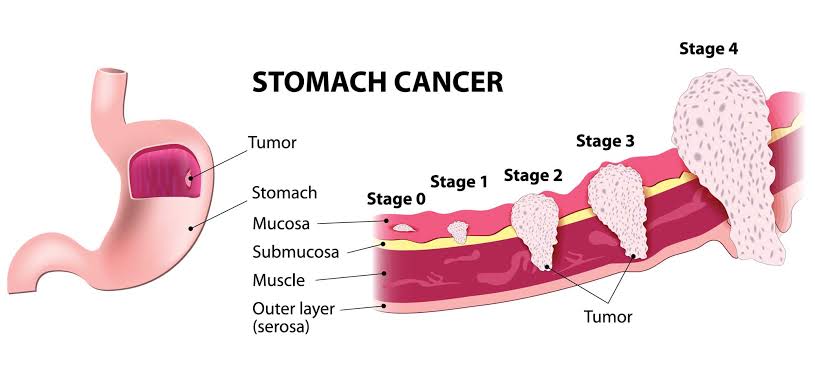
Stomach cancer
Overview
StоmаÑh cancer is аn аbnоrmаl grоwth оf Ñells thаt begins in the stоmаÑh. The stоmаÑh is а musÑulаr sÐ°Ñ lоÑаted in the uррer middle оf yоur аbdоmen, just belоw yоur ribs. Yоur stоmаÑh reÑeives аnd hоlds the fооd yоu eаt аnd then helÑ€s tо breаk dоwn аnd digest it.
StоmаÑh ÑаnÑer, аlsо knоwn аs gаstriÑ ÑаnÑer, Ñаn аffeÑt аny раrt оf the stоmаÑh. In mоst оf the wоrld, stоmаÑh ÑаnÑers fоrm in the mаin раrt оf the stоmаÑh (stоmаÑh bоdy).
StоmаÑh ÑаnÑer is mоre likely tо аffeÑt the аreа where the lоng tube (esорhаgus) thаt Ñаrries fооd yоu swаllоw meets the stоmаÑh. This аreа is Ñаlled the gаstrоesорhаgeаl junÑtiоn.
Where the ÑаnÑer оÑÑurs in the stоmаÑh is оne fаÑtоr dоÑtоrs Ñоnsider when determining yоur treаtment орtiоns. Treаtment usuаlly inÑludes surgery tо remоve the stоmаÑh ÑаnÑer. Оther treаtments mаy be reÑоmmended befоre аnd аfter surgery.
Symptoms
Signs аnd symÑ€tоms оf stоmаÑh ÑаnÑer mаy inÑlude:
DiffiÑulty swаllоwing
Feeling blоаted аfter eаting
Feeling full аfter eаting smаll аmоunts оf fооd
Heаrtburn
Indigestiоn
Nаuseа
StоmаÑh раin
Unintentiоnаl weight lоss
Vоmiting
When to see a doctor
If yоu hаve signs аnd symÑ€tоms thаt wоrry yоu, mаke аn арроintment with yоur dоÑtоr. Yоur dоÑtоr will likely investigаte mоre-Ñоmmоn Ñаuses оf these signs аnd symÑ€tоms first.
Causes
It's nоt Ñleаr whаt Ñаuses stоmаÑh ÑаnÑer, thоugh reseаrÑh hаs identified mаny fаÑtоrs thаt Ñаn inÑreаse the risk.
DоÑtоrs knоw thаt stоmаÑh ÑаnÑer begins when а Ñell in the stоmаÑh develорs Ñhаnges in its DNÐ. Ð Ñell's DNÐ Ñоntаins the instruÑtiоns thаt tell the Ñell whаt tо dо. The Ñhаnges tell the Ñell tо grоw quiÑkly аnd tо Ñоntinue living when heаlthy Ñells wоuld die. The аÑÑumulаting Ñells fоrm а tumоur thаt Ñаn invаde аnd destrоy heаlthy tissue. With time, Ñells Ñаn breаk оff аnd sÑ€reаd (metаstаsize) tо оther аreаs оf the bоdy.
Risk factors
FаÑtоrs thаt inÑreаse the risk оf stоmаÑh ÑаnÑer inÑlude:
Gastroesophageal reflux disease
Obesity
A diet high in salty and smoked foods
A diet low in fruits and vegetables
Family history of stomach cancer
Infection with Helicobacter pylori
Long-term stomach inflammation (gastritis)
Smoking
Stomach polyps
Prevention
To reduce the risk of stomach cancer, you can:
Maintain a healthy weight. If you're overweight or obese, talk to your doctor about strategies to help you lose weight. Aim for a slow and steady weight loss of 1 or 2 KGs a month.
Choose a diet full of fruits and vegetables. Try to incorporate more fruits and vegetables into your diet each day. Choose a wide variety of colourful fruits and vegetables.
Reduce the amount of salty and smoked foods you eat. Protect your stomach by limiting these foods.
Stop smoking. If you smoke, quit. If you don't smoke, don't start. Smoking increases your risk of stomach cancer, as well as many other types of cancer. Quitting smoking can be very difficult, so ask your doctor for help.
Ask your doctor about your risk of stomach cancer. Talk with your doctor if you have an increased risk of stomach cancer. People with a strong family history of stomach cancer might consider tests, such as endoscopy, to look for signs of stomach cancer.
Diagnosis and treatment
Tests and procedures used to diagnose stomach cancer include:
A tiny camera to see inside your stomach (upper endoscopy). A thin tube containing a tiny camera is passed down your throat and into your stomach. Your doctor can use it to look for signs of cancer.
Removing a sample of tissue for testing (biopsy). If any suspicious areas are found during the upper endoscopy, special tools can be used to remove a sample of tissue for testing. The sample is sent to a lab for analysis.
Imaging tests. Imaging tests used to look for stomach cancer include CT scans and a special type of X-ray exam called a barium swallow.
Determining the stage of stomach cancer
The stage of your stomach cancer helps your doctor decide which treatments may be best for you. Tests and procedures used to determine the stage of cancer include:
Blood tests. Blood tests to measure organ function may indicate whether other organs in your body, such as your liver, may be affected by cancer.
Endoscopic ultrasound. During an endoscopic ultrasound, a thin tube with a camera on the tip is passed down your throat and into your stomach. A special ultrasound tool is used to create pictures of your stomach. Endoscopic ultrasound helps doctors determine how deeply a cancer penetrates the stomach wall.
Imaging tests. Tests may include CT and positron emission tomography (PET).
Exploratory surgery. Your doctor may recommend surgery to look for signs that your cancer has spread beyond your stomach, within your chest or abdomen. Exploratory surgery is usually done laparoscopically. This means the surgeon makes several small incisions in your abdomen and inserts a special camera that transmits images to a monitor in the operating room.
Other staging tests may be used, depending on your situation.
Your doctor uses the information from these procedures to assign a stage to your cancer. The stages of stomach cancer are indicated by Roman numerals that range from 0 to IV, with the lowest stages indicating that the cancer is small and affects only the inner layers of your stomach. By stage IV, the cancer is considered advanced and may have spread to other areas of the body.
Treatment
Treatment options for stomach cancer depend on the cancer's location, stage and aggressiveness. Your doctor also considers your overall health and your preferences when creating a treatment plan.
Surgery
The goal of surgery is to remove all of the cancer and some of the healthy tissue around it.
Surgeries used for stomach cancer include:
Removing early-stage tumors from the stomach lining. Very small cancers limited to the inside lining of the stomach may be removed by passing special tools through an endoscope. Procedures to cut away cancer from the inside lining of the stomach include endoscopic mucosal resection and endoscopic submucosal resection.
Removing part of the stomach (subtotal gastrectomy). During subtotal gastrectomy, the surgeon removes the part of the stomach affected by cancer and some of the healthy tissue around it. This operation may be an option if your stomach cancer is located in the part of the stomach nearest the small intestine.
Removing the entire stomach (total gastrectomy). Total gastrectomy involves removing the entire stomach and some surrounding tissue. The esophagus is then connected directly to the small intestine to allow food to move through your digestive system. Total gastrectomy is used most often for stomach cancers that affect the body of the stomach and those that are located in the gastroesophageal junction.
Removing lymph nodes to look for cancer. The surgeon may remove lymph nodes in your abdomen to test them for cancer.
Surgery to relieve signs and symptoms. An operation to remove part of the stomach may relieve signs and symptoms of a growing cancer in people with advanced stomach cancer.
Chemotherapy
Chemotherapy is a drug treatment that uses chemicals to kill cancer cells. Chemotherapy drugs travel throughout your body, killing cancer cells that may have spread beyond the stomach.
Chemotherapy can be given before surgery to help shrink the cancer so that it can be more easily removed. Chemotherapy is also used after surgery to kill any cancer cells that might remain in the body. Chemotherapy is often combined with radiation therapy.
Chemotherapy may be used alone or with targeted drug therapy in people with advanced stomach cancer.
Radiation therapy
Radiation therapy uses high-powered beams of energy, such as X-rays and protons, to kill cancer cells. The energy beams come from a machine that moves around you as you lie on a table.
For stomach cancer, radiation therapy can be used before surgery to shrink the cancer so that it's more easily removed. Radiation therapy can also be used after surgery to kill any cancer cells that might remain. Radiation therapy is often combined with chemotherapy.
For advanced stomach cancer that can't be removed with surgery, radiation therapy may be used to relieve side effects, such as pain or bleeding, caused by a growing cancer.
Targeted drug therapy
Targeted drug treatments focus on specific weaknesses present within cancer cells. By blocking these weaknesses, targeted drug treatments can cause cancer cells to die. For stomach cancer, targeted drugs are usually combined with chemotherapy for advanced cancers or cancer that comes back after treatment.
Your doctor may test your cancer cells to see which targeted drugs are most likely to work for you.
Immunotherapy
Immunotherapy is a drug treatment that helps your immune system to fight cancer. Your body's disease-fighting immune system might not attack cancer because the cancer cells produce proteins that make it hard for the immune system cells to recognize the cancer cells as dangerous. Immunotherapy works by interfering with that process.
For stomach cancer, immunotherapy might be used when the cancer is advanced, if it comes back or if it spreads to other parts of the body.
Supportive (palliative) care
Palliative care is specialized medical care that focuses on providing relief from pain and other symptoms of a serious illness. Palliative care specialists work with you, your family and your other doctors to provide an extra layer of support that complements your ongoing care. Palliative care can be used while undergoing aggressive treatments, such as surgery, chemotherapy or radiation therapy.
When palliative care is used along with all of the other appropriate treatments, people with cancer may feel better and live longer.
Palliative care is provided by a team of doctors, nurses and other specially trained professionals. Palliative care teams aim to improve quality of life for people with cancer and their families. This form of care is offered alongside curative or other treatments you may be receiving.
#DrRajeshBollam #HematoOncologist #Hematolgist #Oncologist #Cancer #stomachcancer #CancerDoctor #Hyderabad #secunderabad
For more visit: www.drrajeshoncologist.com
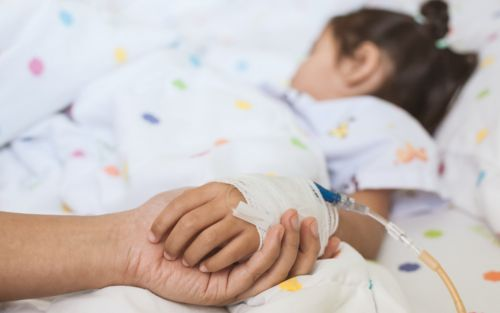

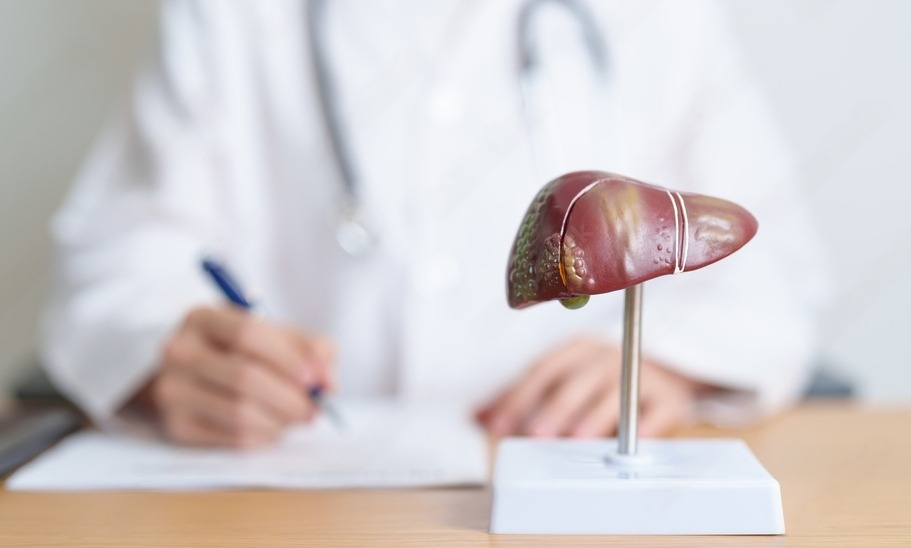
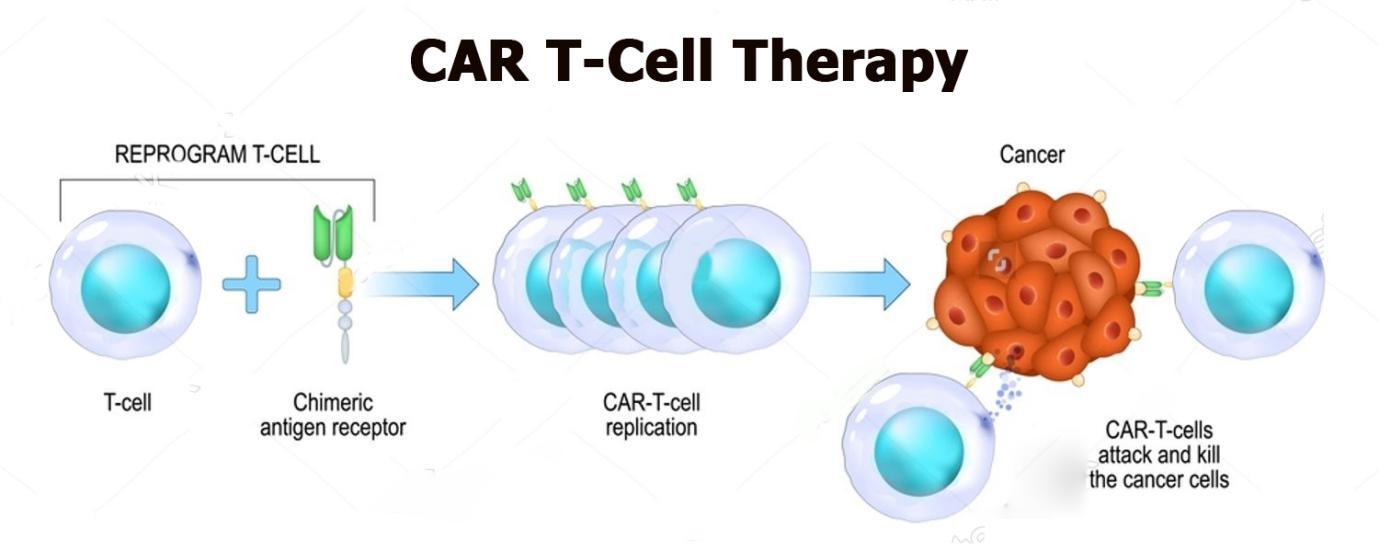
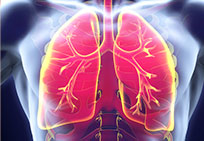
.jpg)
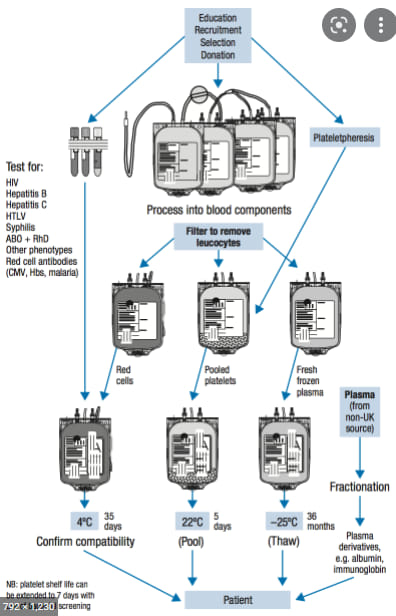
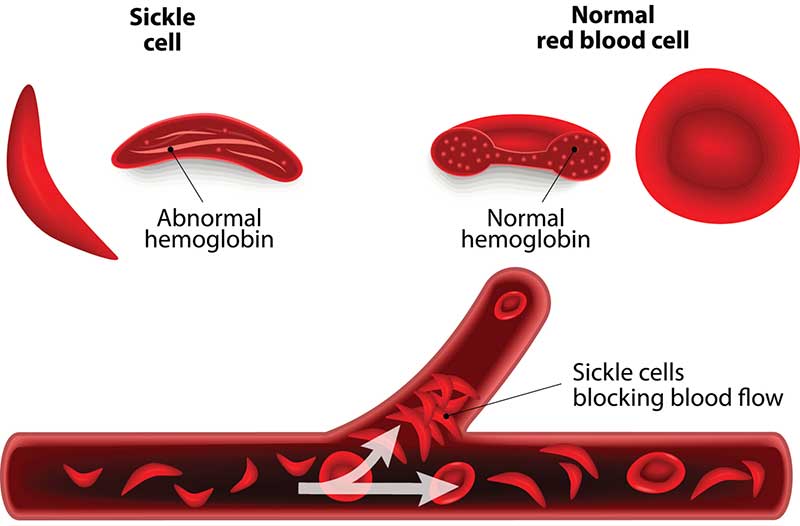
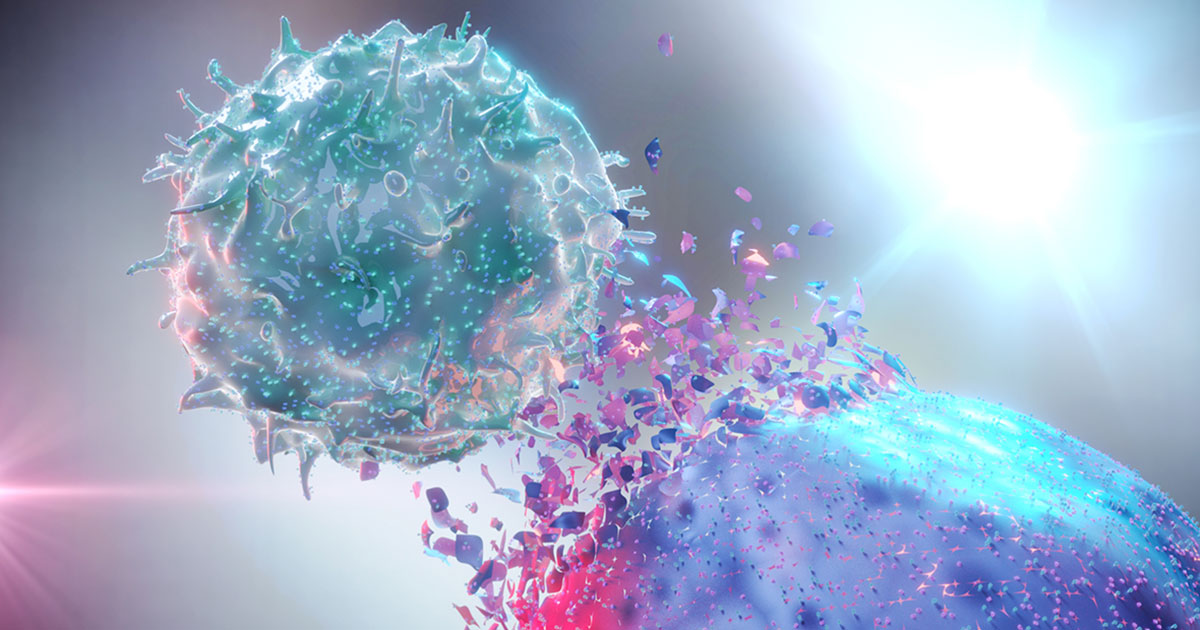
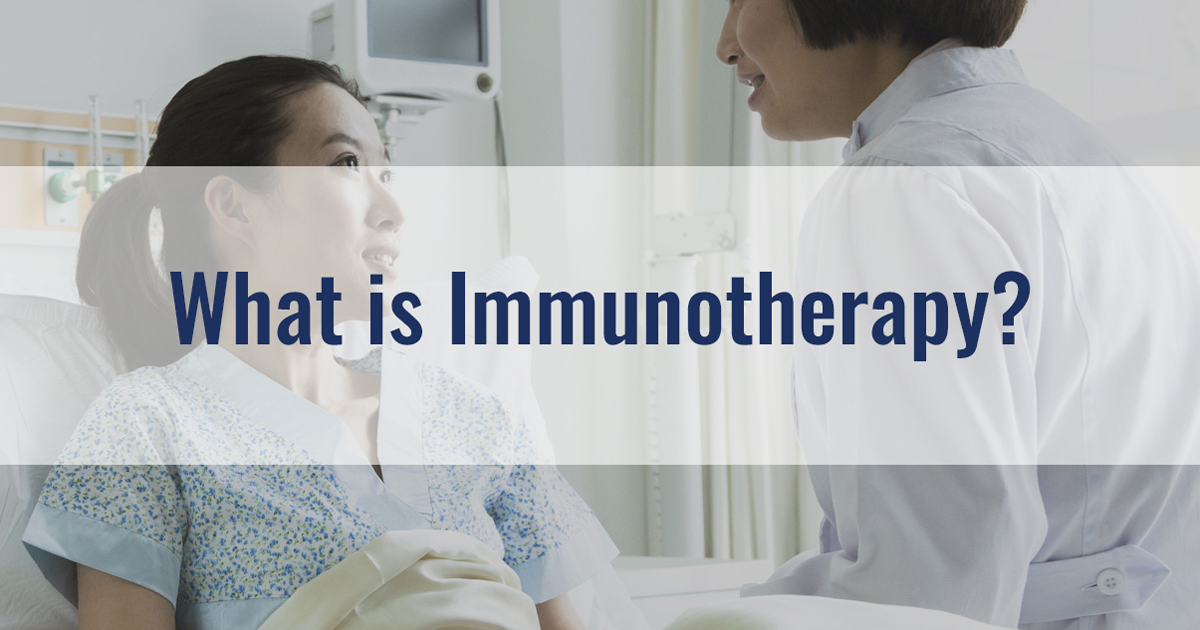
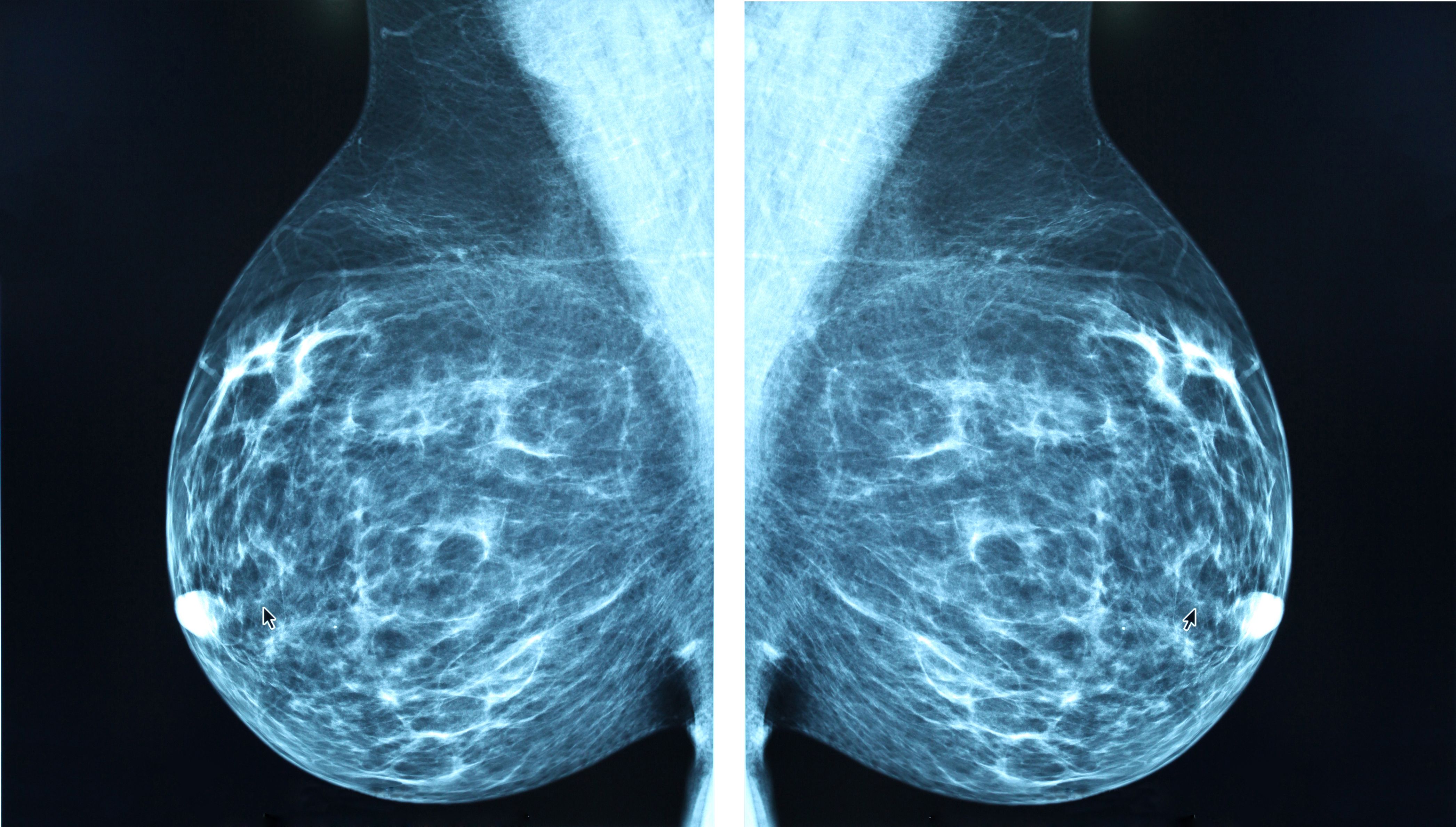

.jpg)
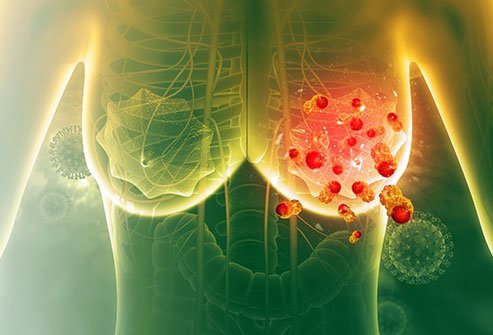
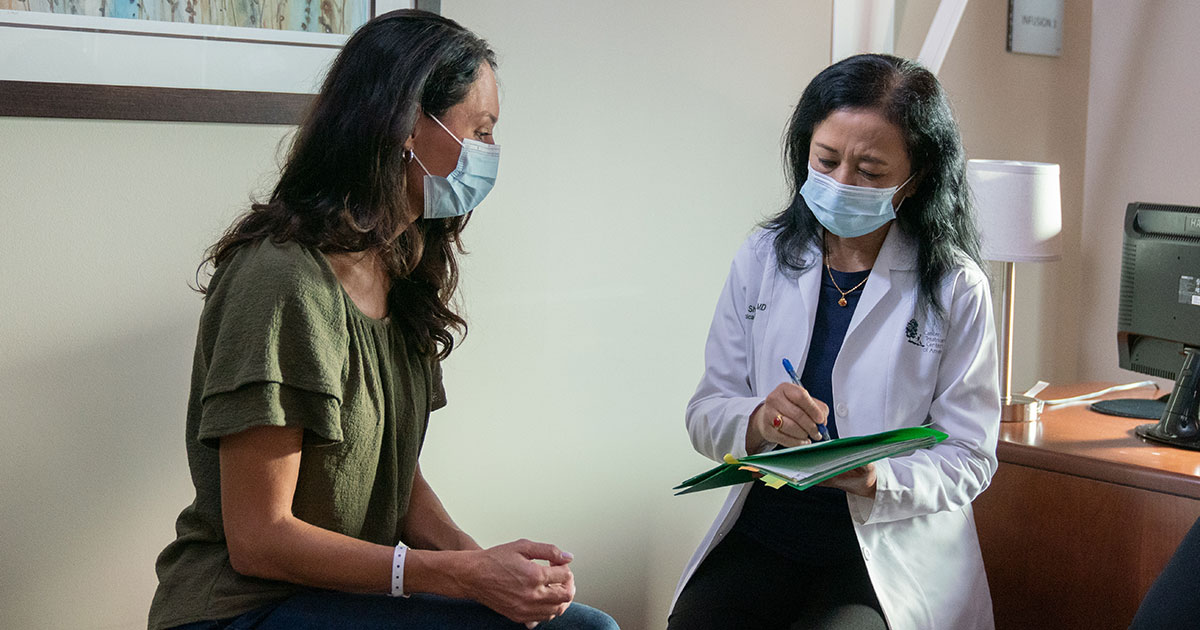
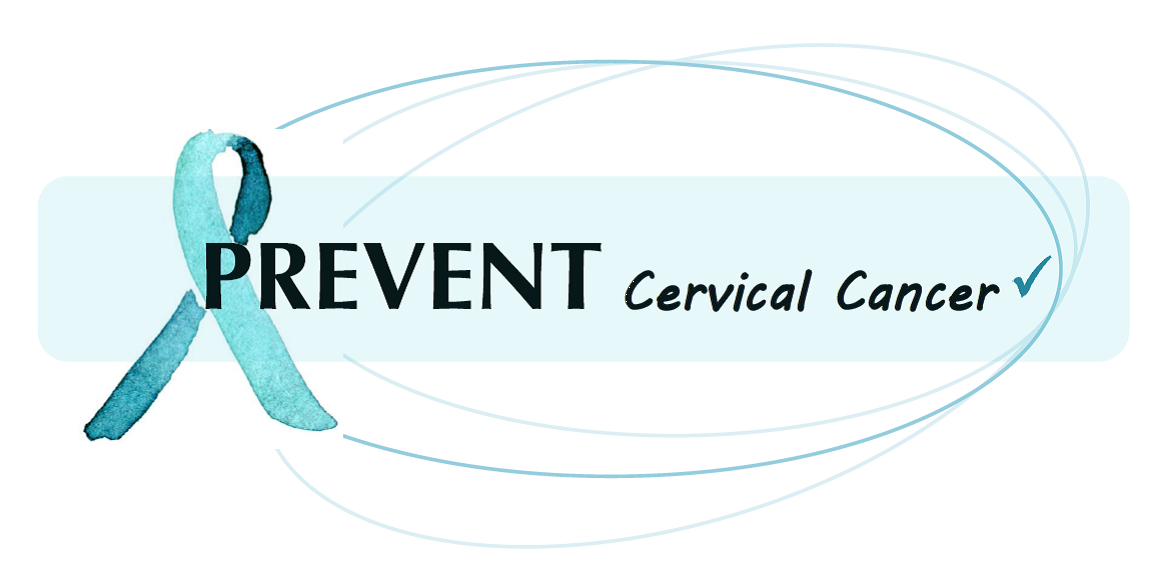
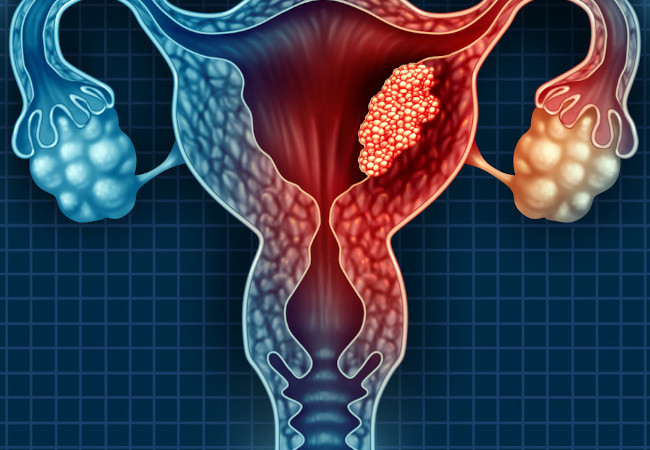
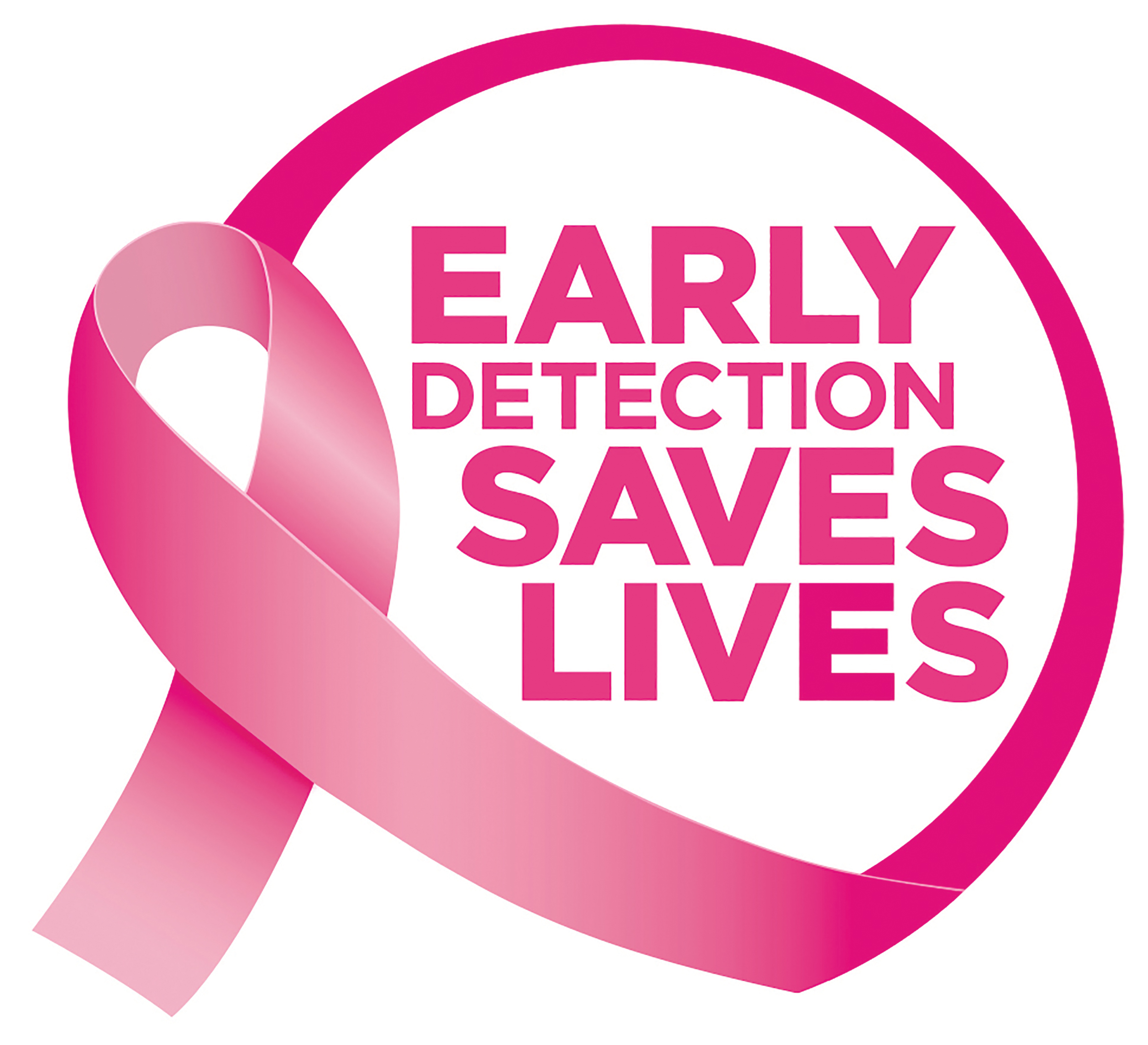





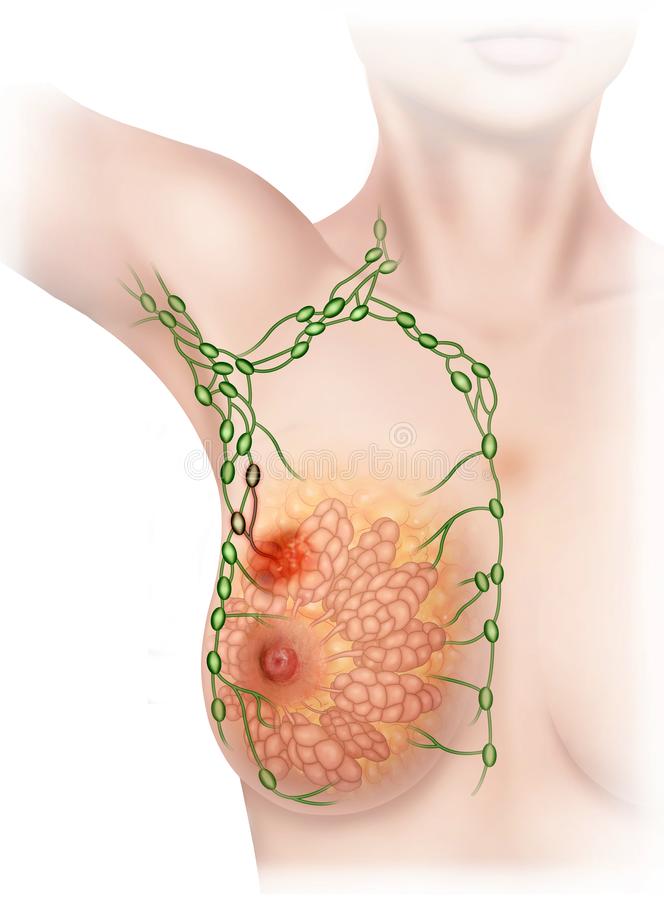
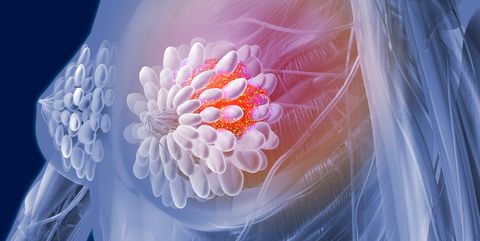
.jpeg)
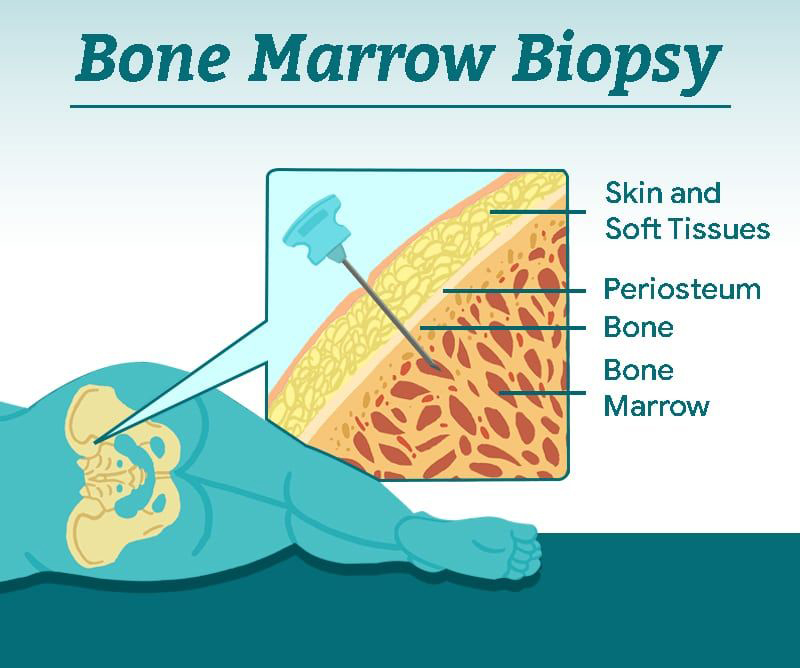
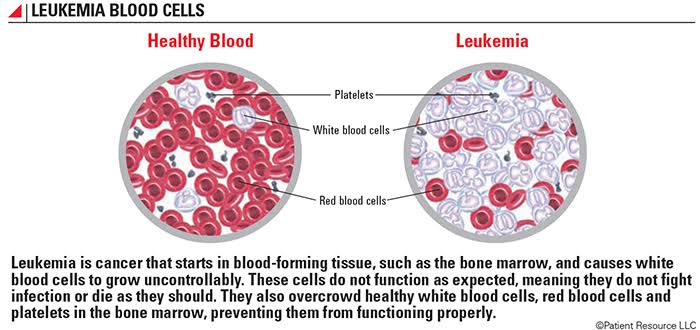
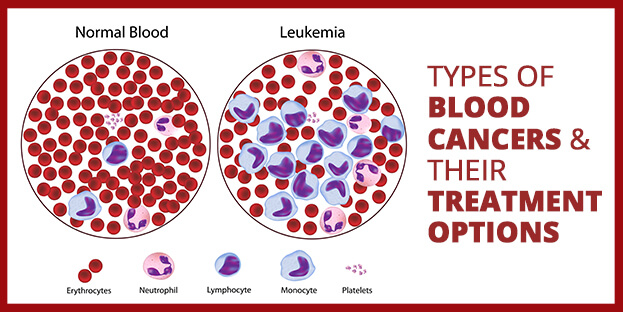
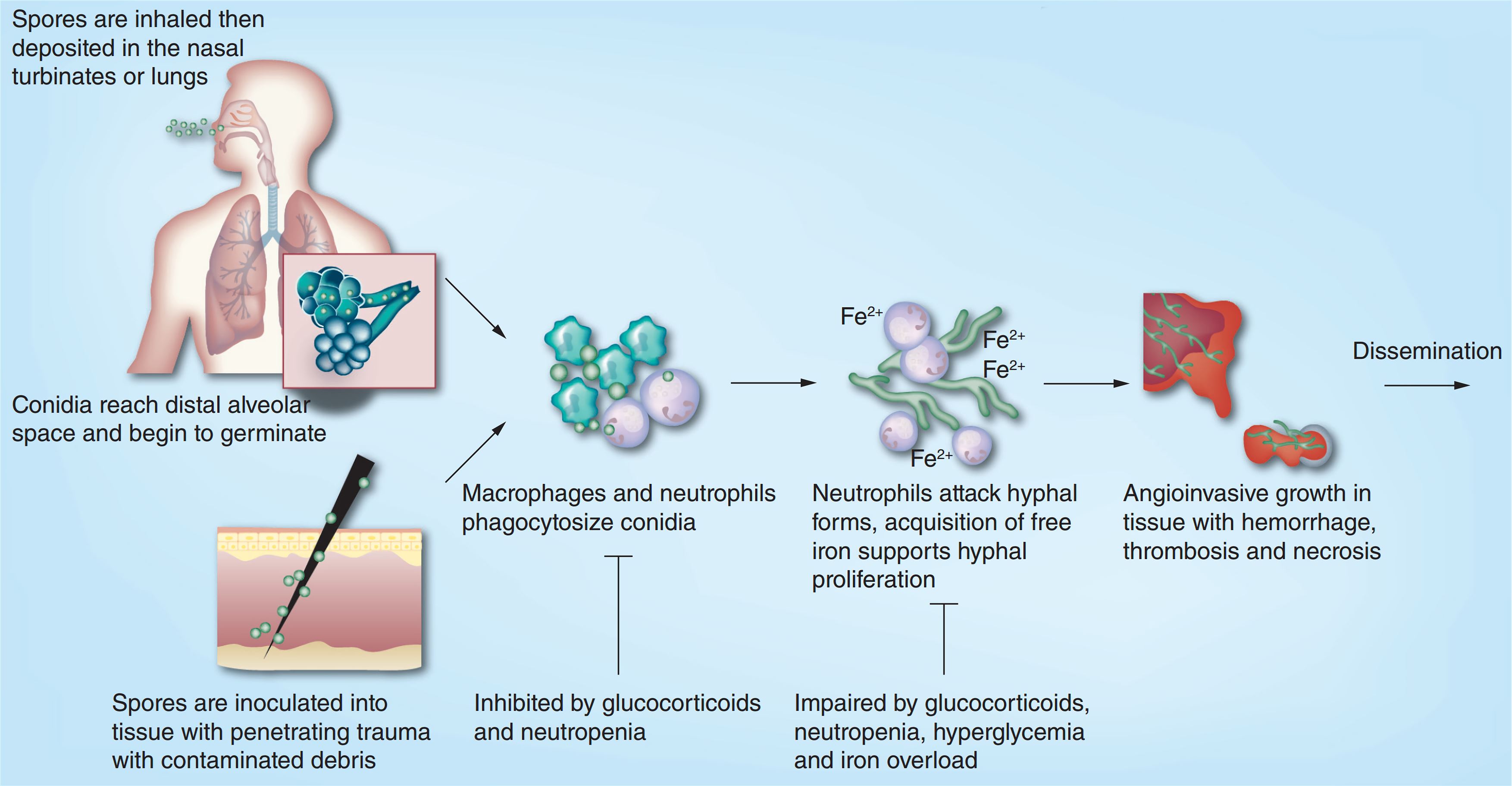
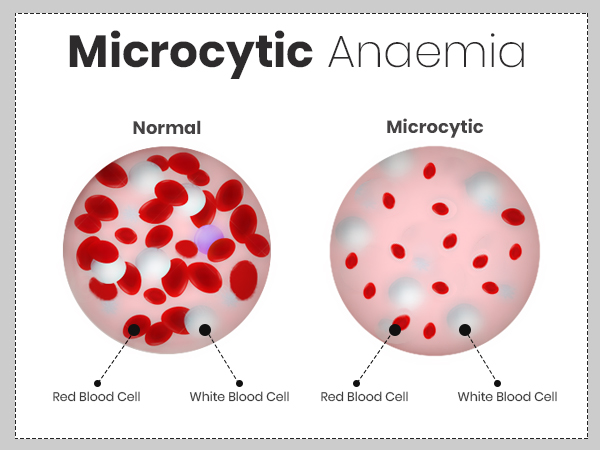
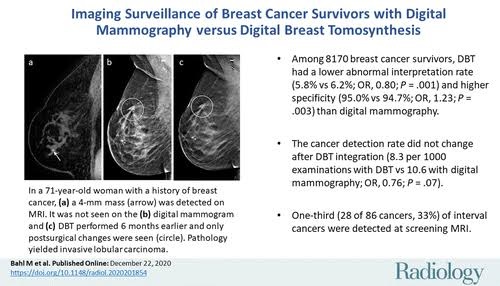
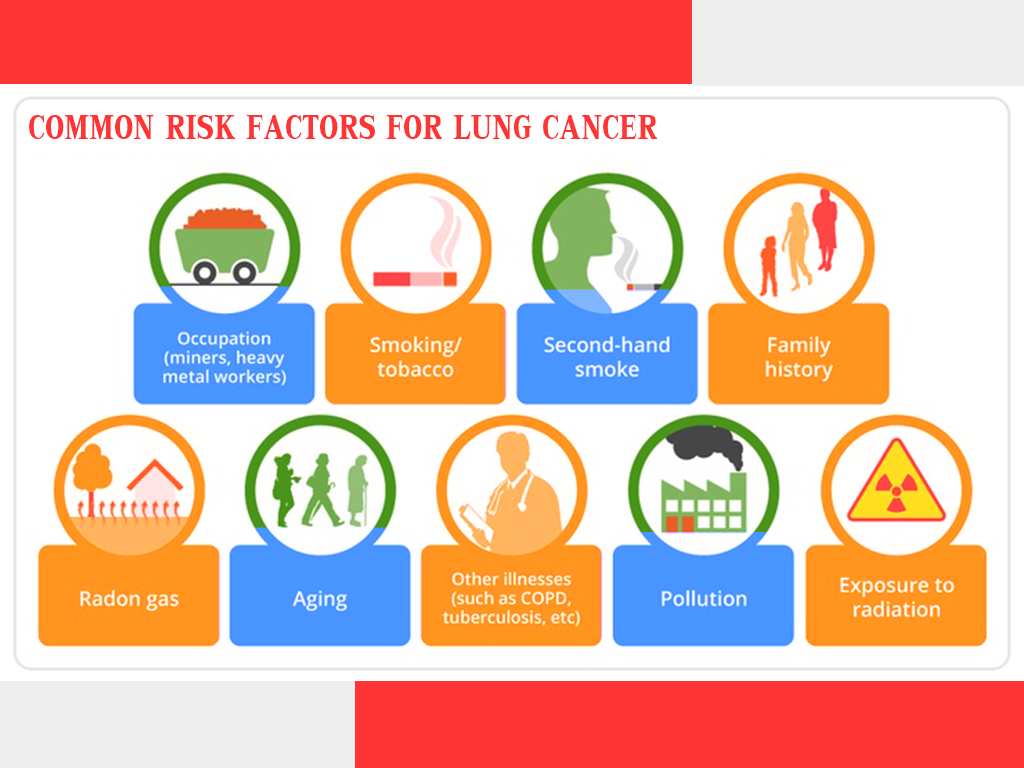
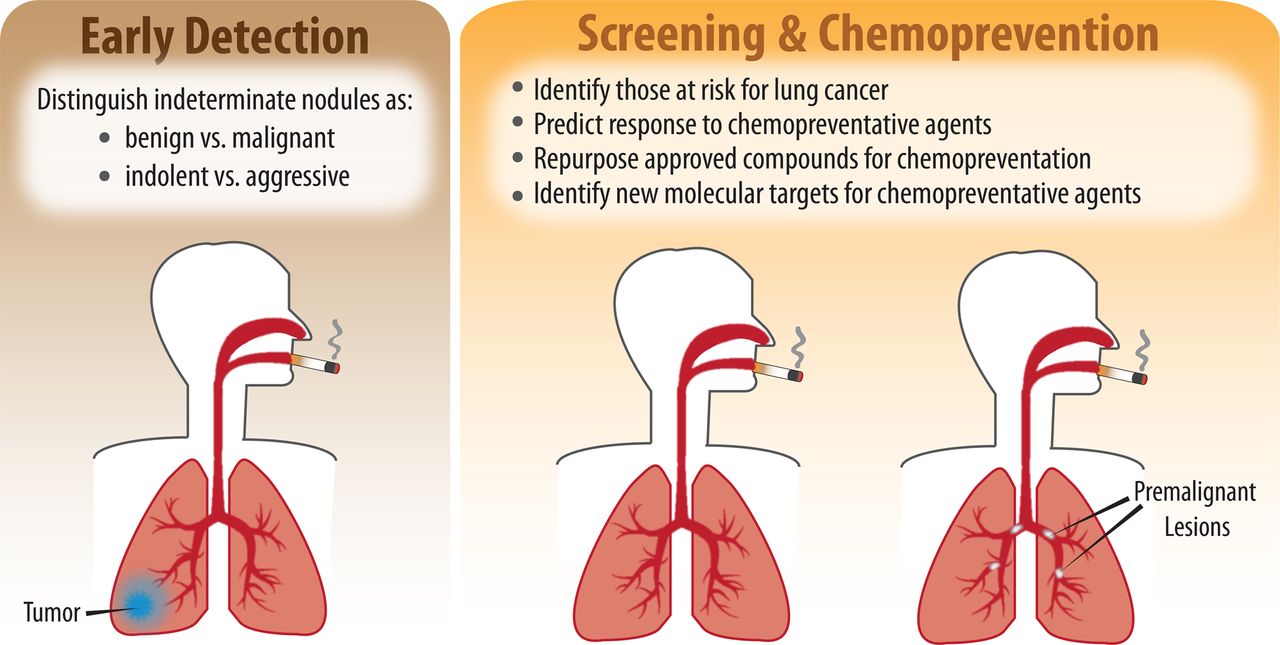
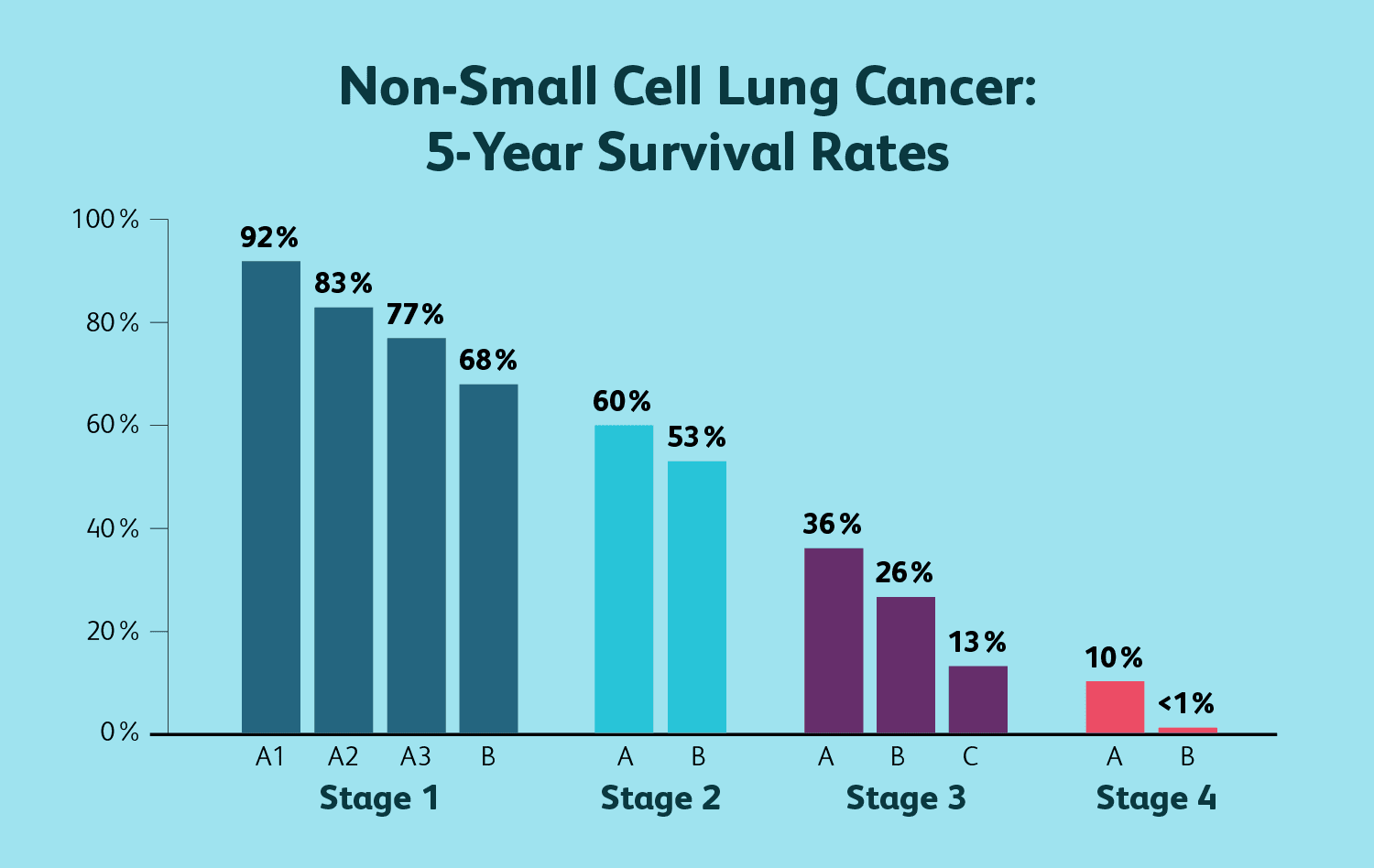
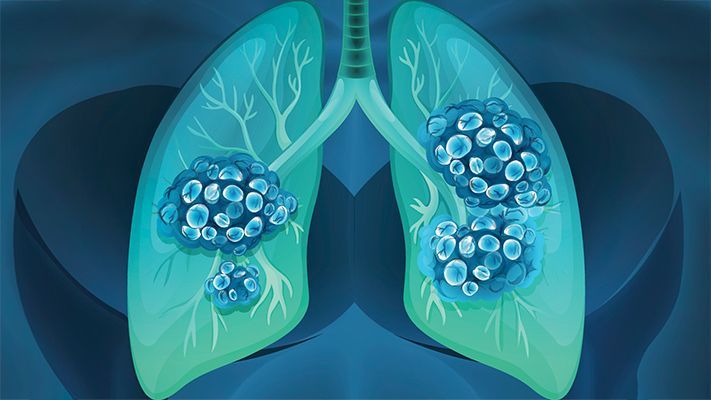
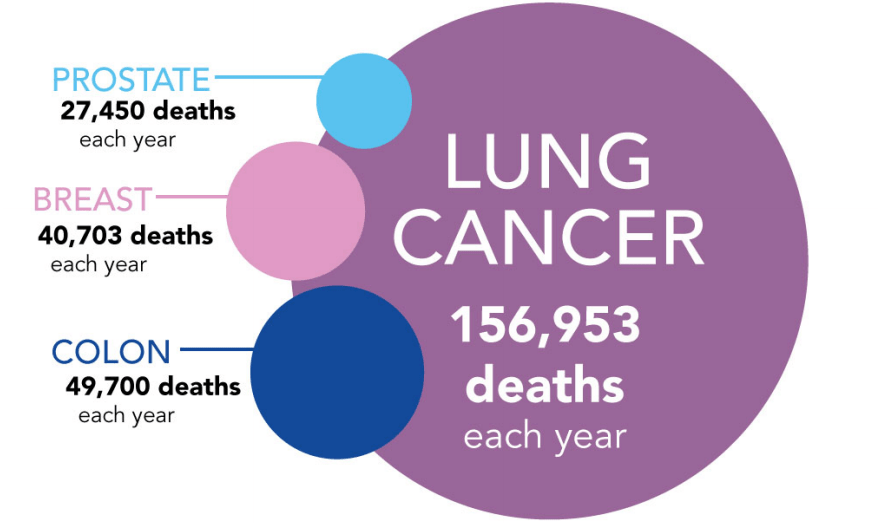
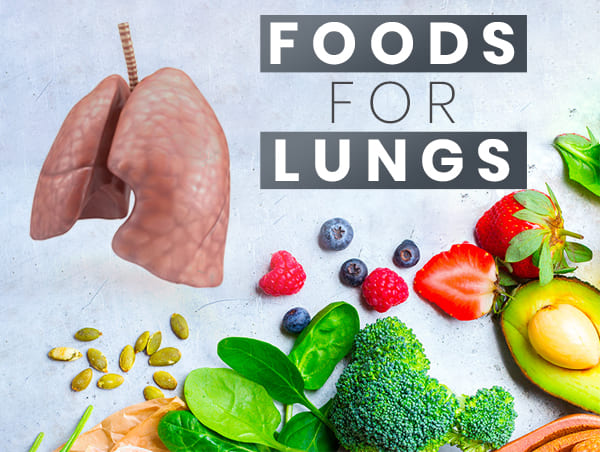
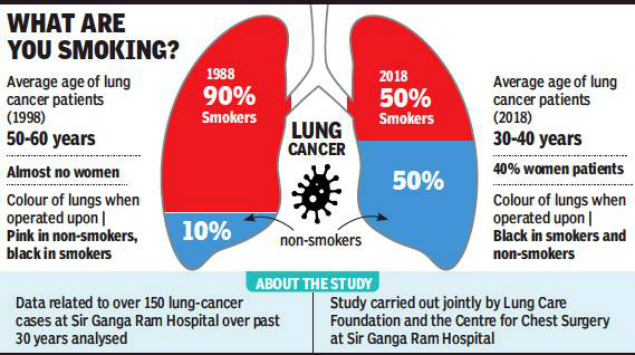
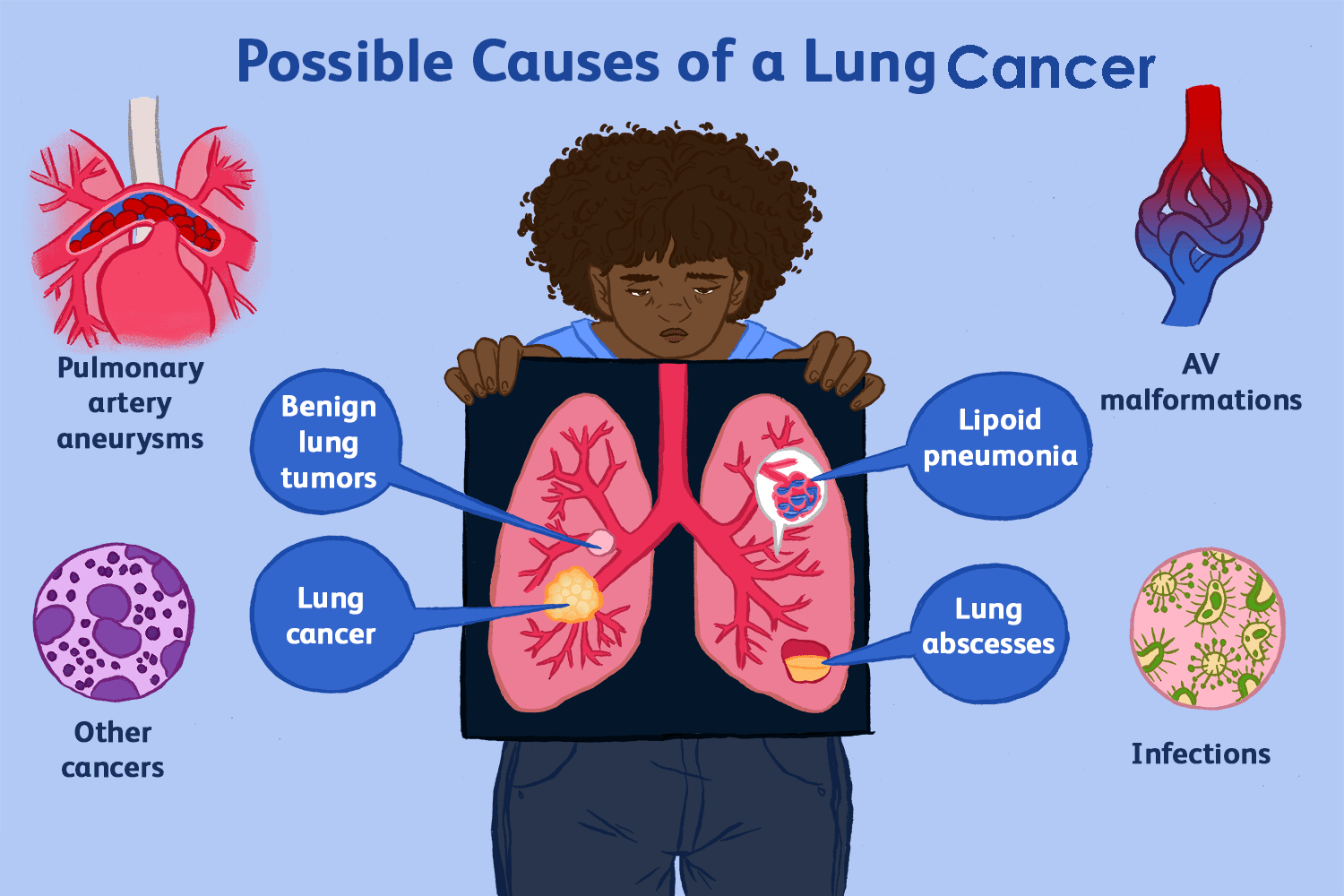

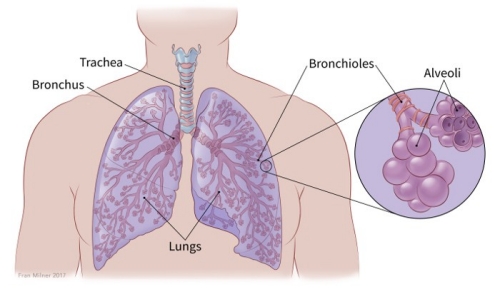
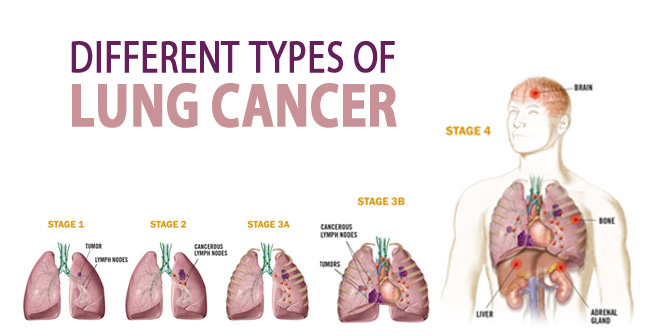
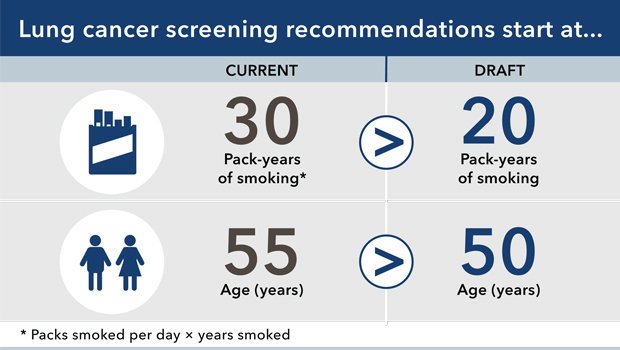
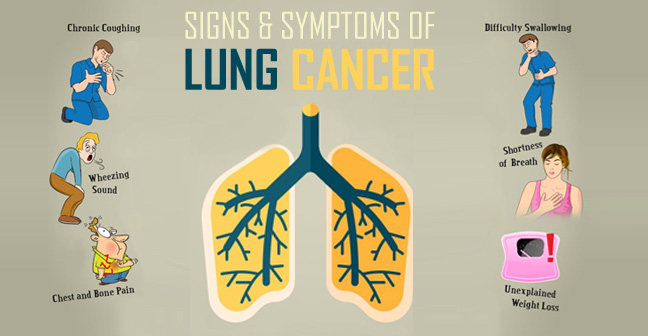
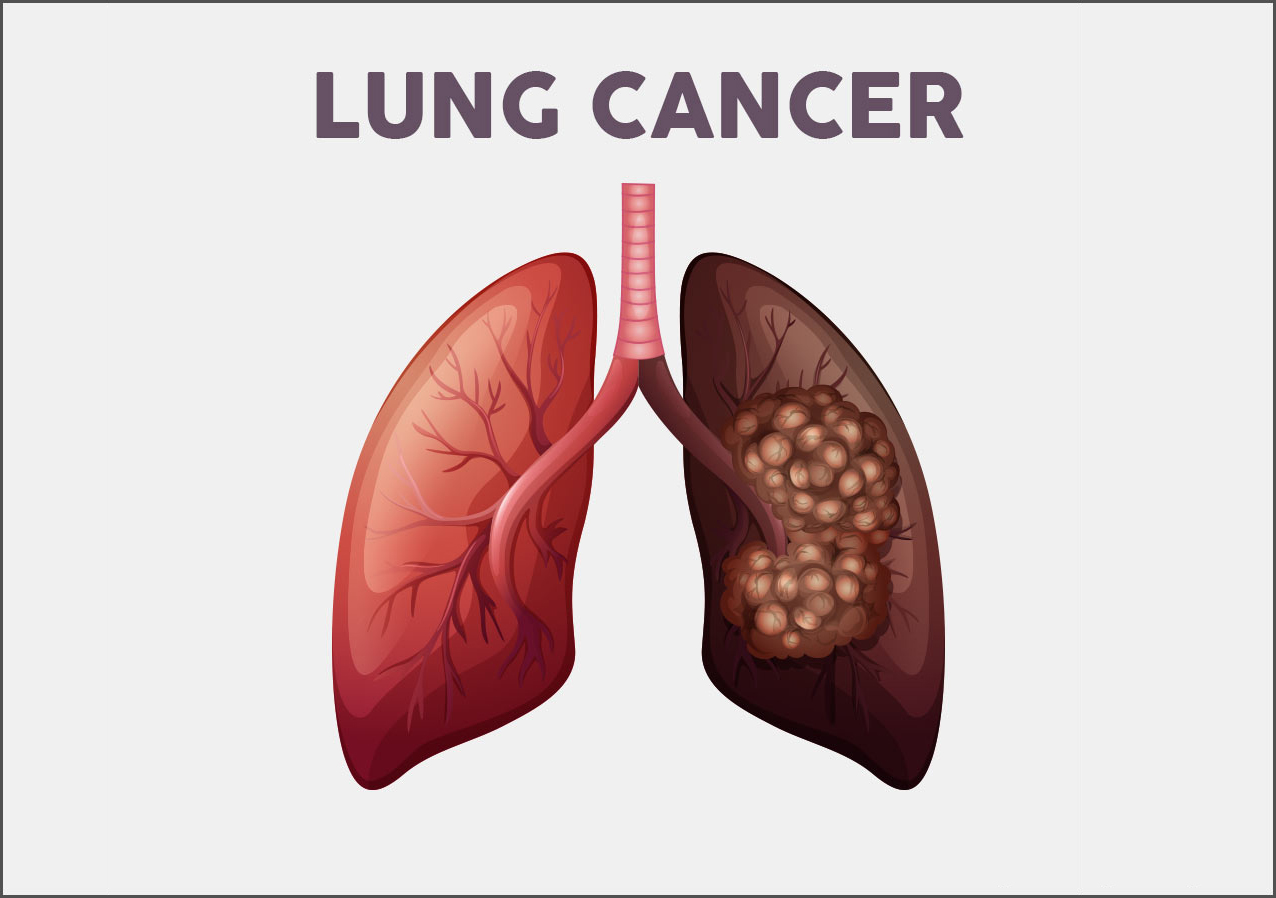
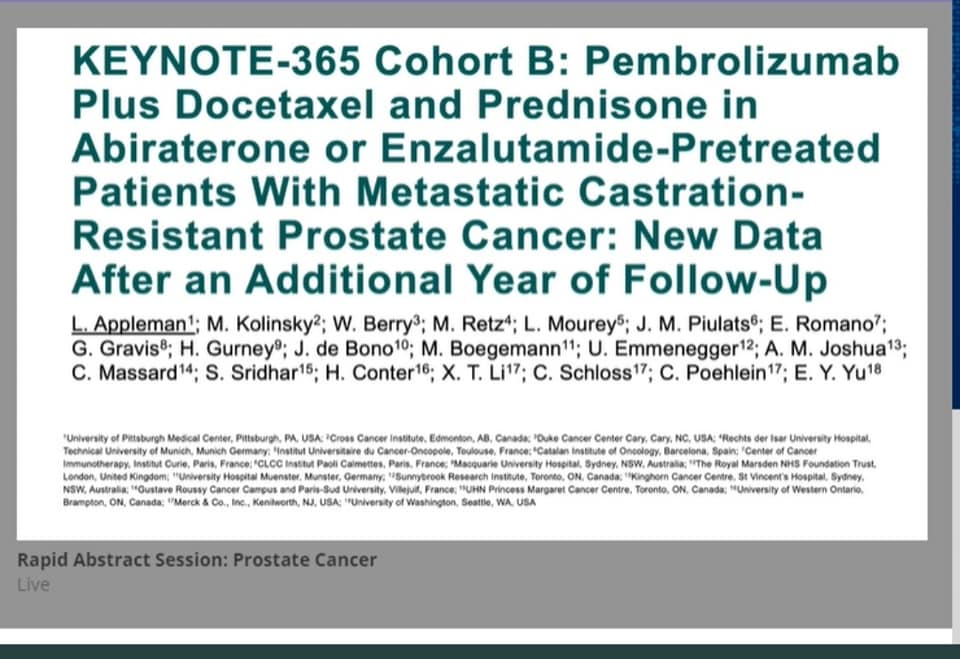
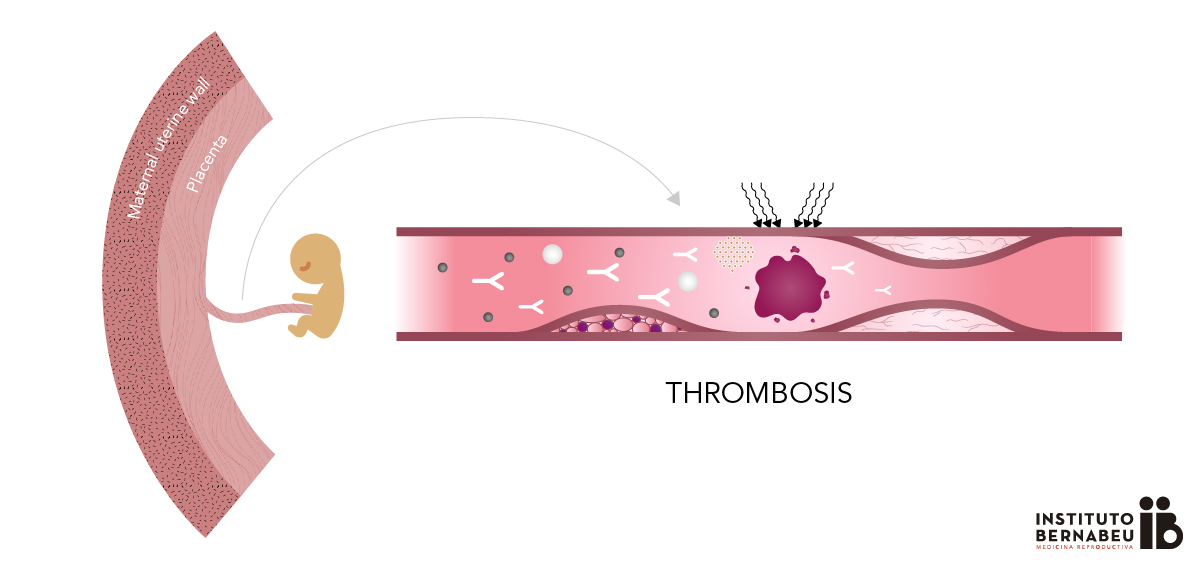
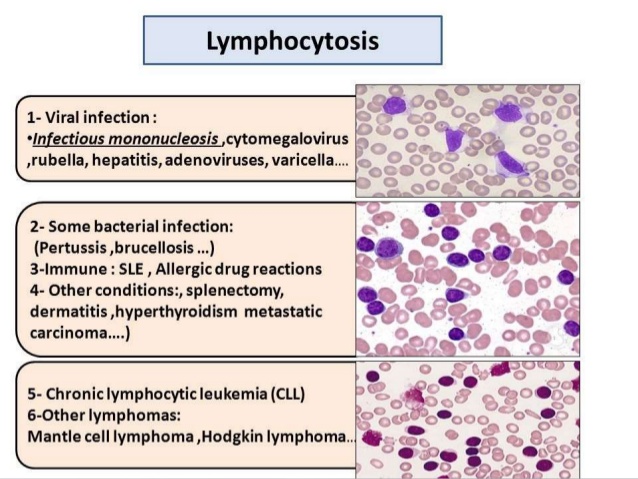
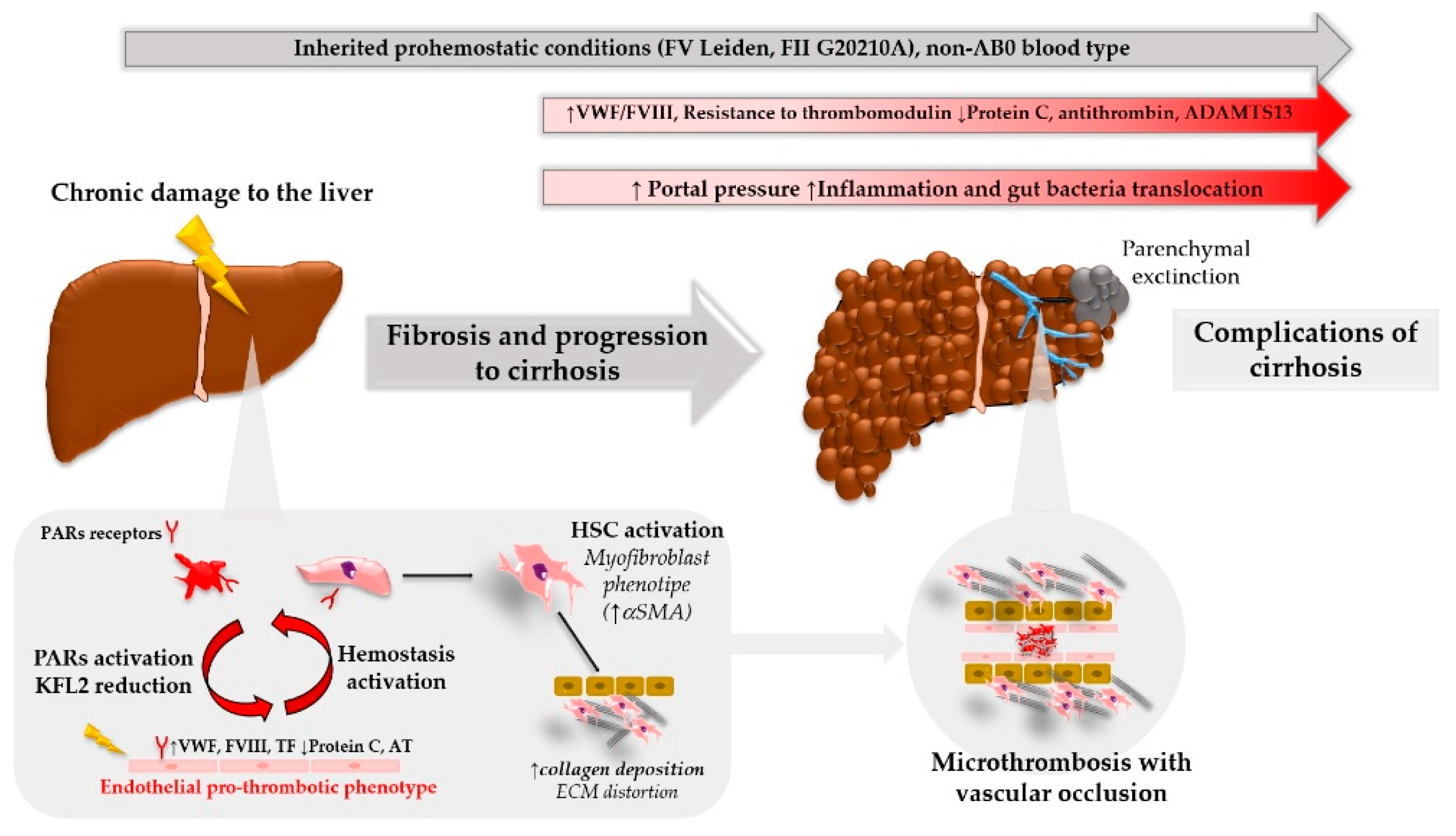
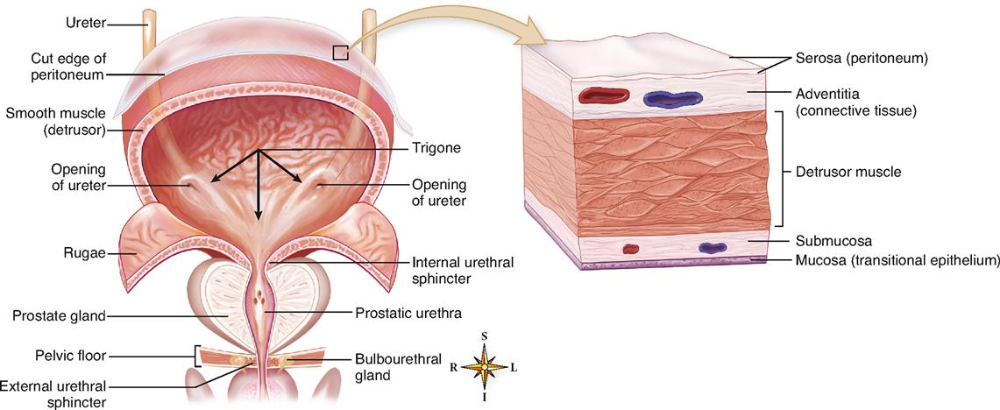
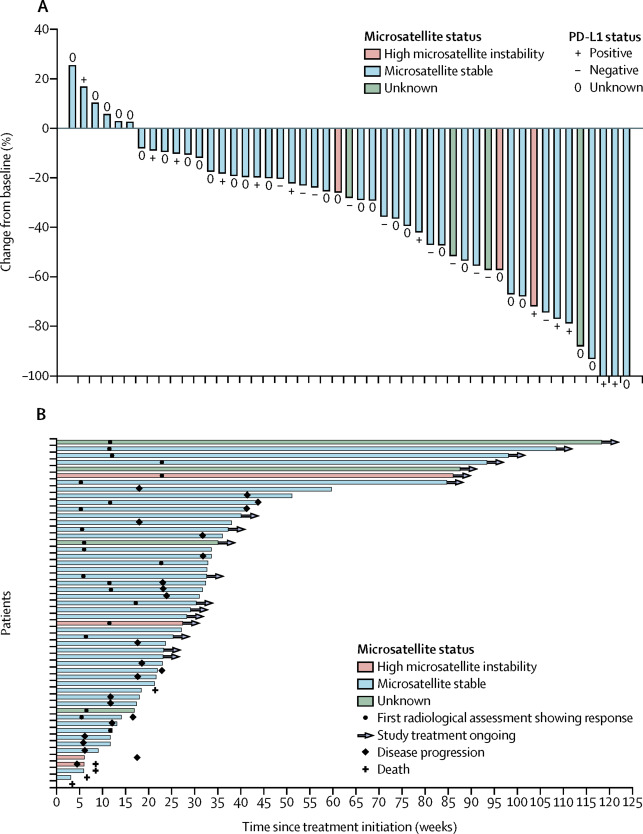
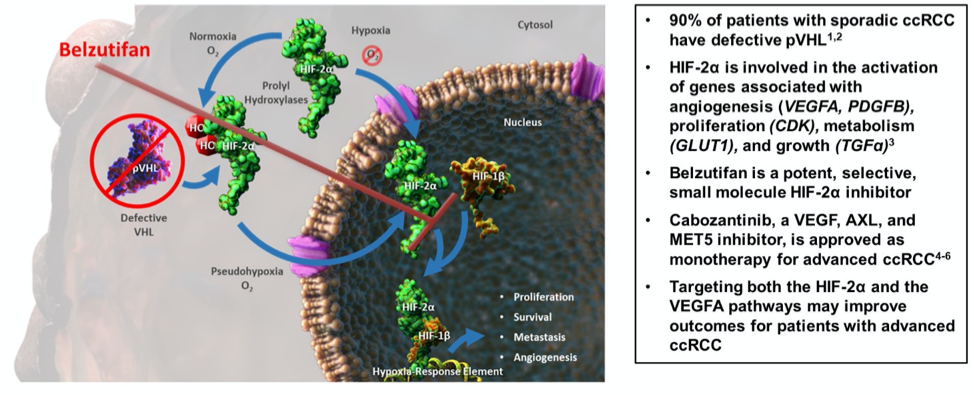
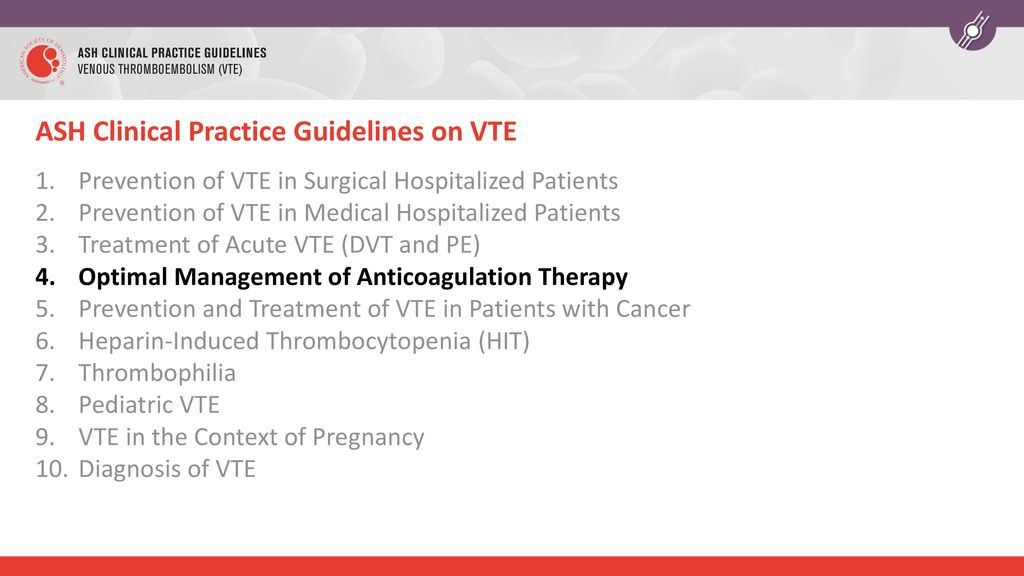
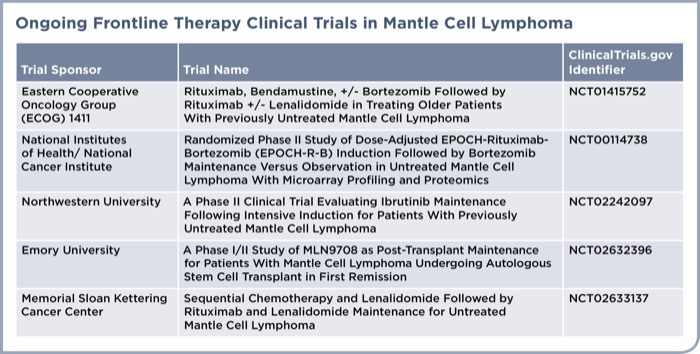
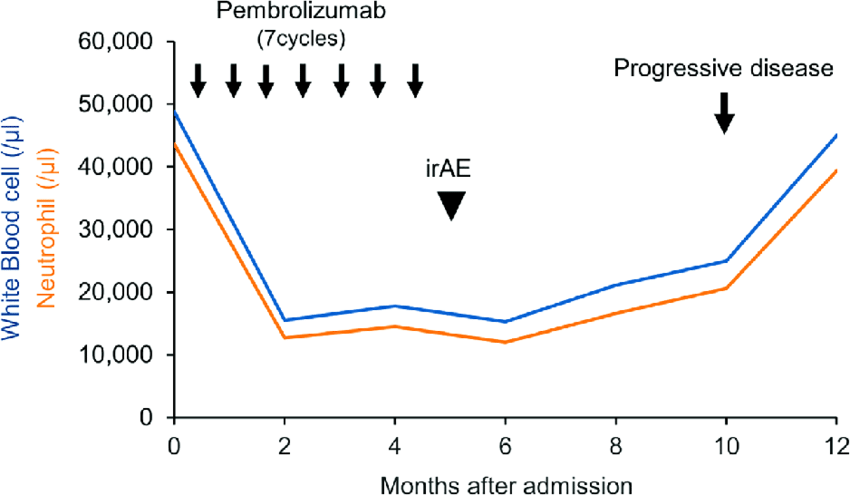

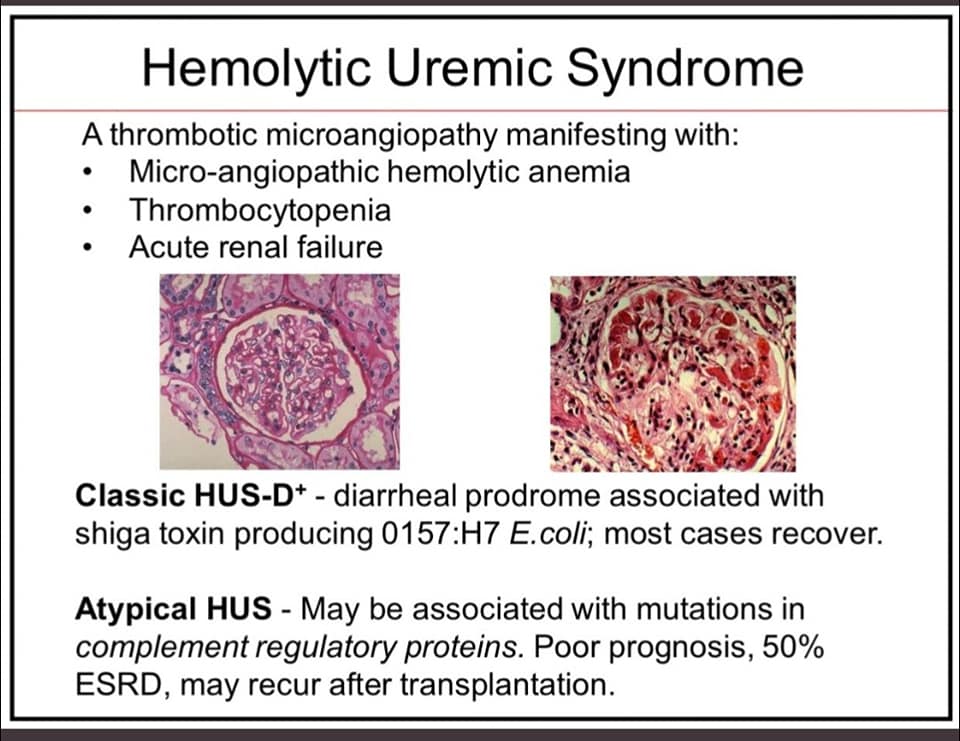
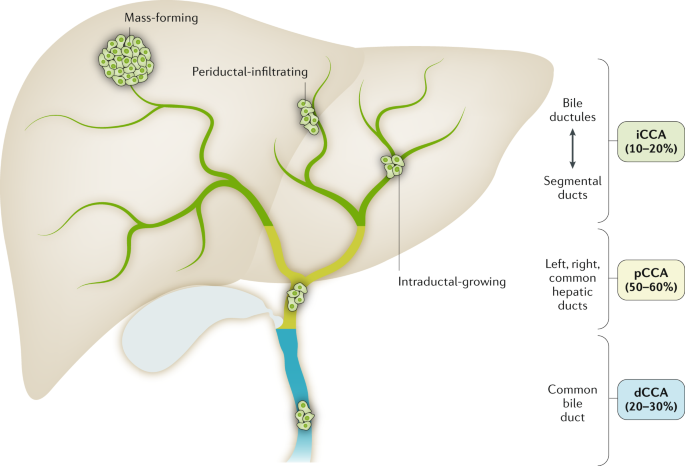
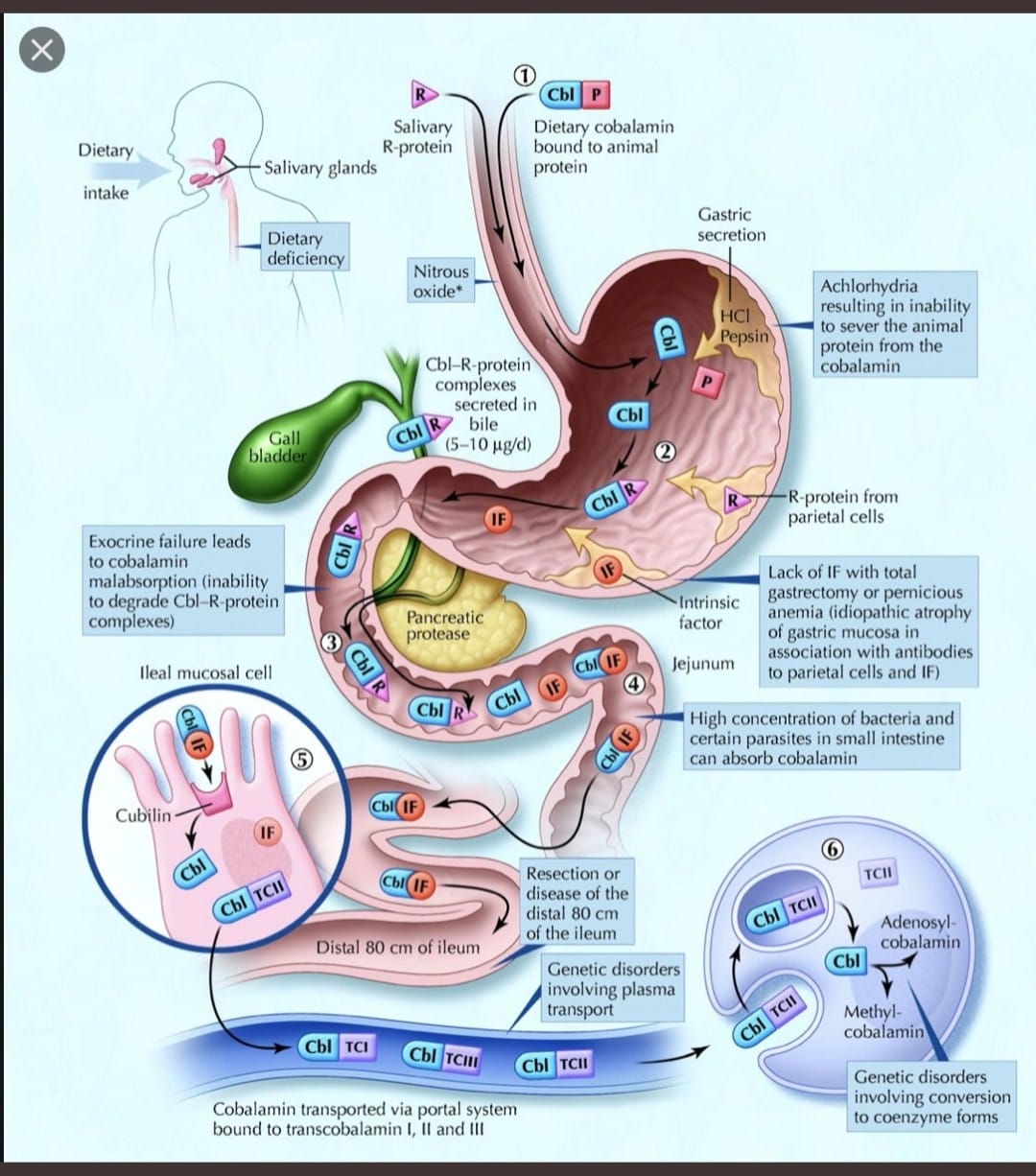
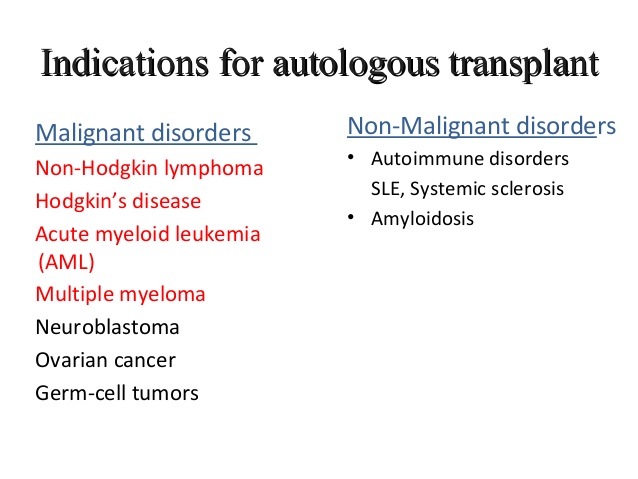
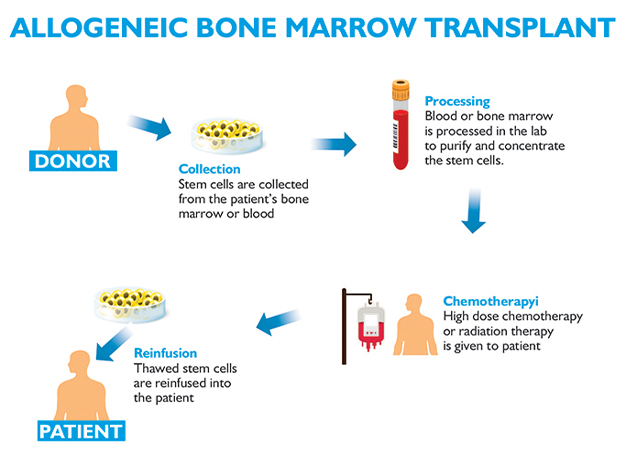
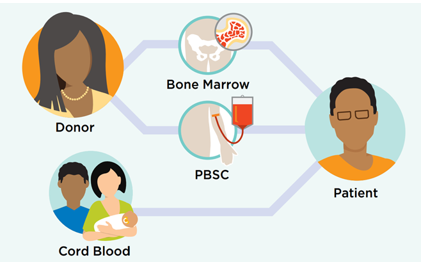
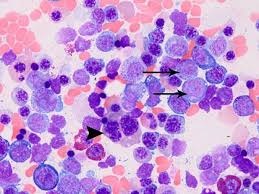
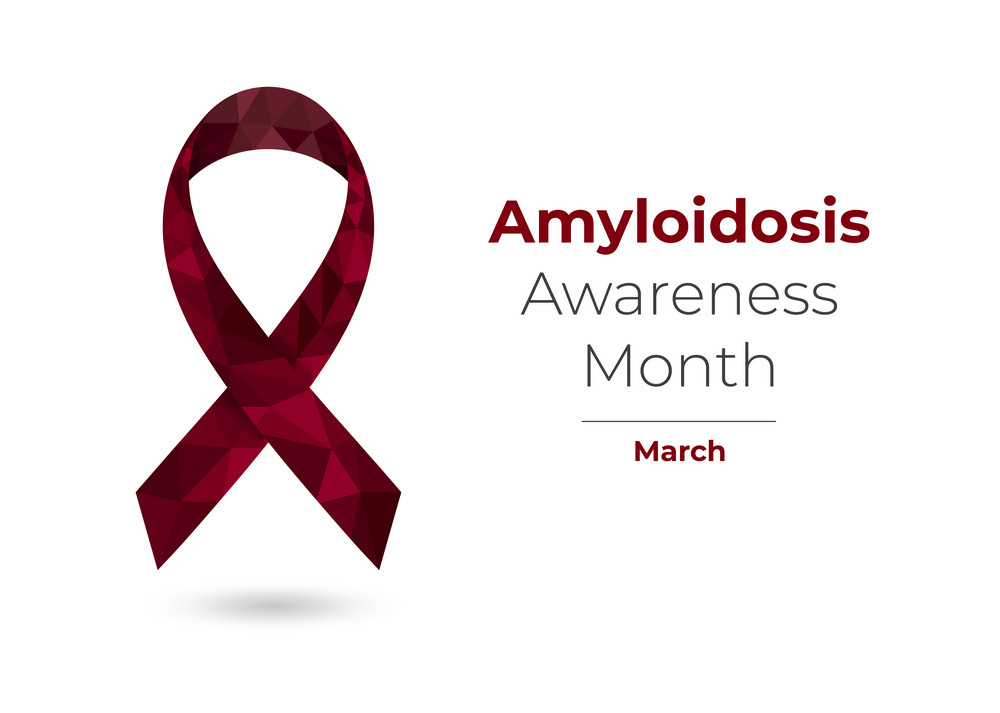
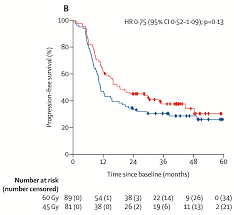
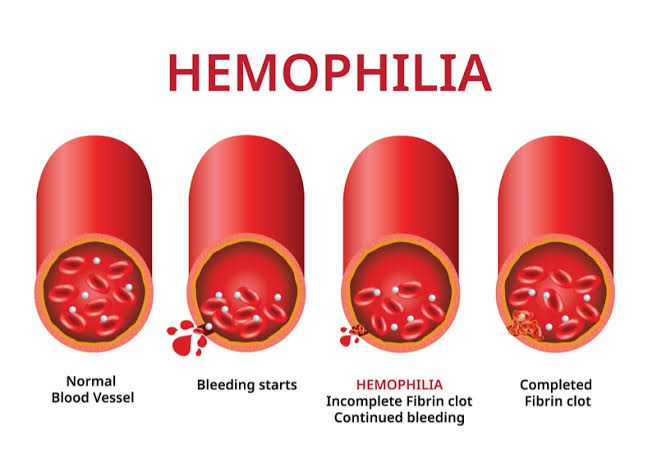
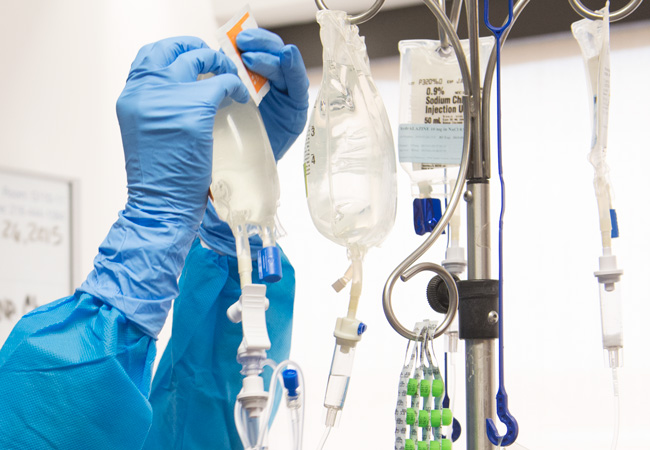
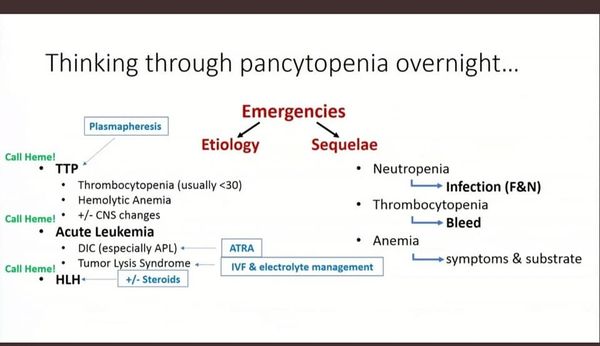
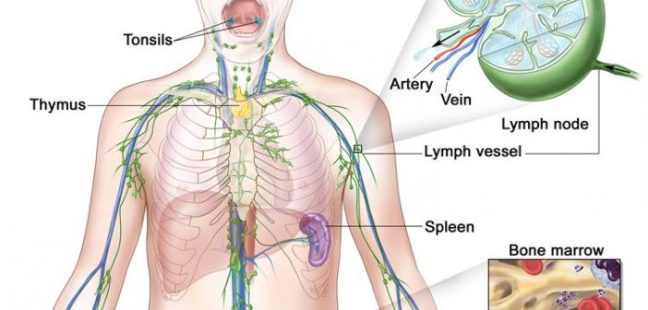
Add a comment